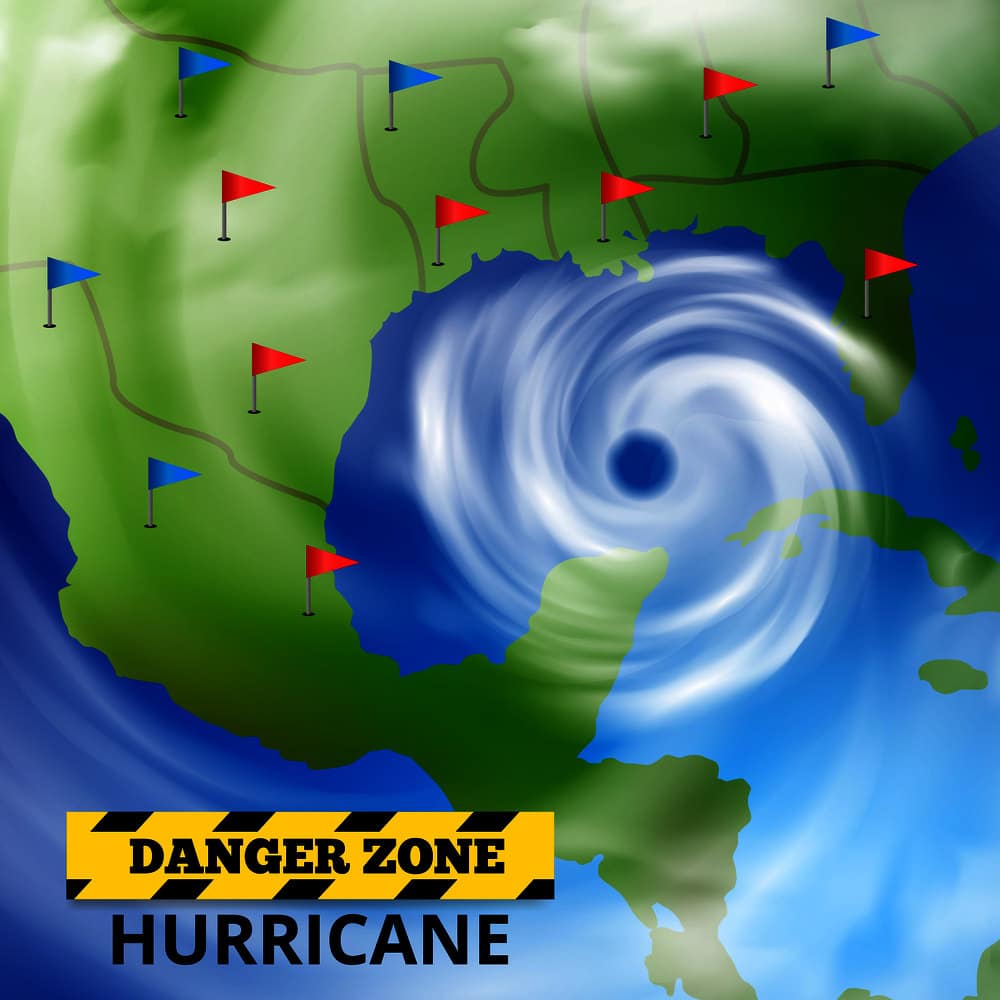
Farmer on River Bottoms: "If I Can't Get Insurance, I Won't Farm It"
Michael Stenzel is harvesting outside of Hamburg, Iowa. It’s a surprise after the spring he describes in one word.
“Hell, plain and simple,” said Stenzel.
Stenzel’s bins busted during March. They remain with the grain still there as well.
“They are still sitting there, rotting, decaying and smelling,” said Stenzel.
He is looking into federal disaster aid relief passed by Congress, but doesn’t know what he will get just yet.
Stenzel said, “[The] payment limitation is $125,000. The way I figure it, I lost close to $460,000. I’m not going to complain because they didn’t have to give us anything.”
“The bin compensation program [in the disaster aid verbiage] should go relatively smoothly once the proper paperwork and data checks are involved,” said Farm Journal Washington Correspondent, Jim Wiesemeyer.
Wiesemeyer says no checks have been given out yet.
Back in Iowa, some farmers can’t get to every piece of land.
“We are trying to repair the ground,” said Hamburg, Iowa farmer, Mike Woltemath. “Some ground had holes washed in it.”
“Some of it will probably never be farmed again,” said Woltemath. “There will be some of it that’s damaged beyond repair.”
An Omaha representative with The Army Corps of Engineers tells AgDay the levees along the Missouri River near Hamburg will be under construction for at least two years.
It brings up some questions, especially about crop insurance.
Woltemath said, “Will they consider our ground a high risk if the levees are not back to the full height?”
Stenzel said, “If the levees aren’t put back to the way they were, are they going to even give us insurance? I’ve told all of my landlords that I farm for on the river bottom that if I can’t get insurance, I won’t farm it.”
“A grower does have coverage into the next season in cases where levees were breached or situations like that,” said Billy Moore, COO of Ag Resource Management. “That ground would still be insurable but in some cases, it can be re-rated as high-risk land.”
Moore says those cases and rates depend on the Risk Management Agency.
“Those rates commonly can run three, four to five times higher than the regular rated land that’s not high risk in that same county,” said Moore. “Those rates are redone every year by the Risk Management Agency in November.”
It’s an attempt to return to normalcy, with fields and farmers submerged in stress if waters rise again.



